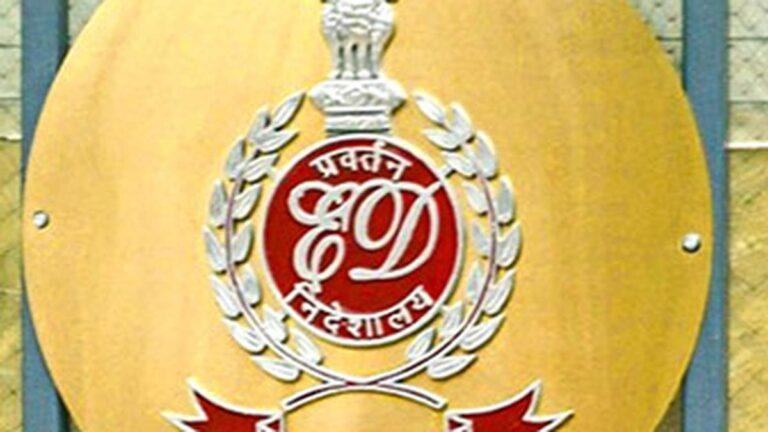
For representative purposes.
| Photo Credit: iStockphoto
Producer bias refers to the bias that economic policymakers have to frame policies that are in favor of the interests of producers rather than in the general interest of consumers. Producer bias adversely affects economic growth of a country as policies that are favorable towards producers adversely affect the living standards of the general population.
It should be noted that the ultimate aim of economic production is to satisfy the needs of consumers, who benefit from better products and cheaper prices, rather than the interests of producers who would ideally want to benefit by offering inferior products at high prices. Moreover, even producers are ultimately consumers and will thus suffer in the long-run from policies that have a producer bias. In other words, a country that strictly sticks to policies that protects producers from competition would produce very little for people to consume, affecting the living standards of everyone in the long-run. This is the reason why good economic policy is one that tries to enhance the interests of consumers even though it can often come at the cost of the short-term interests of certain producers.
Take the case of a government policy that restricts the entry of new producers into a certain industry in order to protect existing producers. The policy would stop the entry of new producers into the industry who could increase the overall supply of the product in the market, or maybe even offer better products, and lead to a drop in prices. Removing such a restriction on the entry of new producers would help consumers enjoy more and better products, improving their living standards.
The most clear-cut example of producer bias in today’s world is that of tariffs imposed by policymakers against foreign imports in order to protect domestic producers and jobs. The U.S. and the EU, for example, have threatened China with tariffs against its cheap electric vehicles. Even though cheap and better electric cars from China flooding the Western market would be great for American and European consumers, it could turn out to be disastrous for vehicle manufacturers in the EU and U.S. and lead to the loss of a significant number of jobs. This has pushed Western governments with a bias towards producers to threaten tariffs against China. Similarly, when a government stops even domestic producers from entering a certain industry, it can lead to the accrual of benefits for incumbent producers at the cost of consumers who will have to pay when it comes to the quality and the price of products available to them.
There are of course various other methods that governments can use to favor incumbent producers, affecting the interests of consumers. These could be in the form of regulations such as licensing that serve as a deterrent to the entry of new producers.
Public choice economists have attributed the prevalence of producer bias in policymaking to the greater lobbying power that producers have as compared to consumers. The economic benefits of lobbying generally accrue to a small group of producers, with each individual producer having a lot to gain from government policies that favor them. As a result, each producer has a huge incentive to invest the resources required to influence government policy to his or her favor. Individual consumers, on the other hand, have relatively little to lose at least in the short-term as the cost of government policies with a producer bias is diffused among millions of consumers. So big companies that produce vehicles, for instance, are likely to heavily lobby the government to impose tariffs on foreign vehicles because they stand to lose a lot due to foreign competition. Most individual vehicle buyers, on other hand, are unlikely to even be aware of government policy towards foreign vehicle manufacturers because the price they pay for such ignorance in the short-run is usually small.
Interestingly, policies that favor producers are often cloaked as necessary to save jobs or to protect the interests of consumers (in the case of product standard regulations, for example) in order to increase their political appeal.
Published – December 11, 2024 08:30 am IST

























